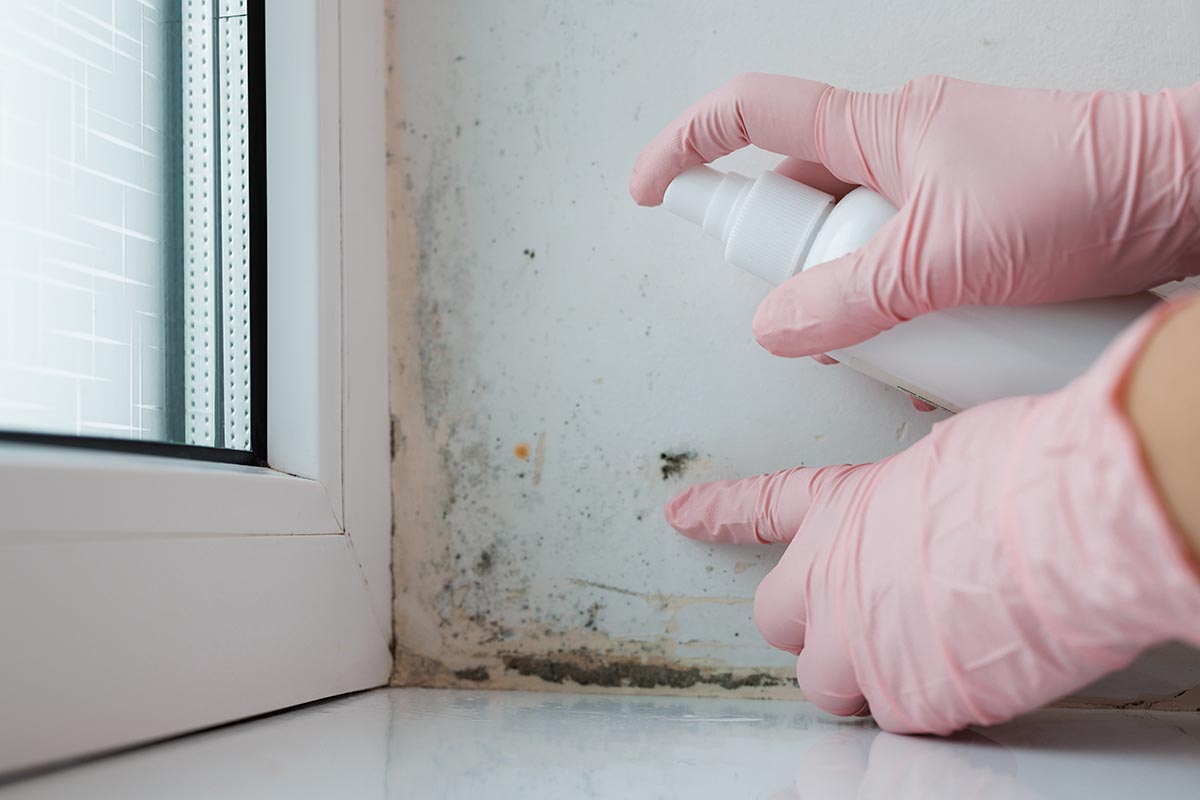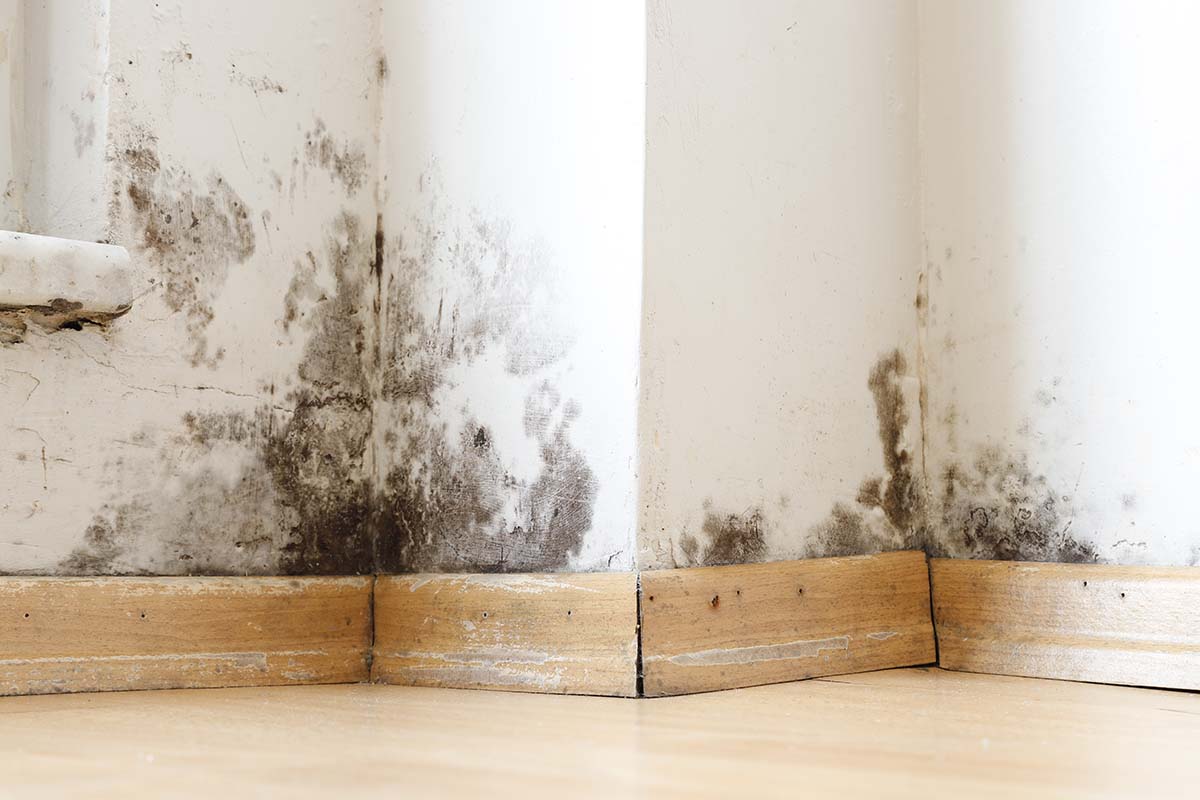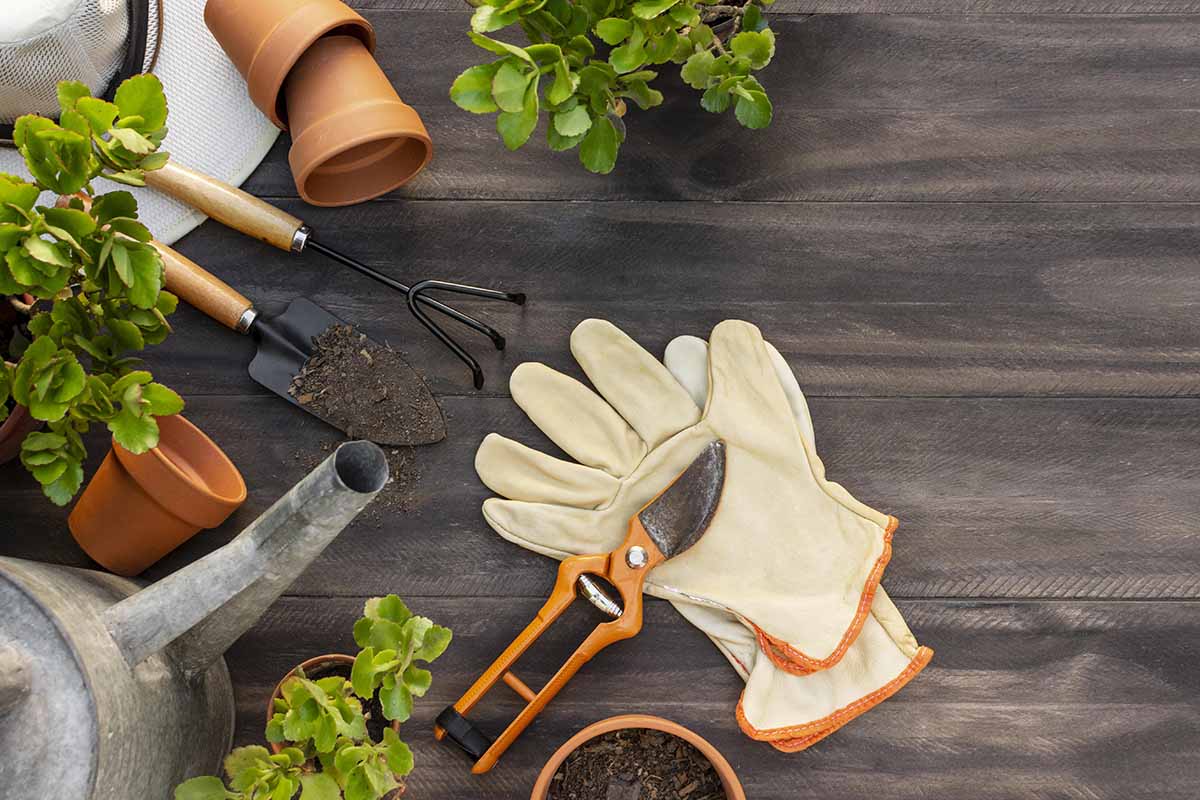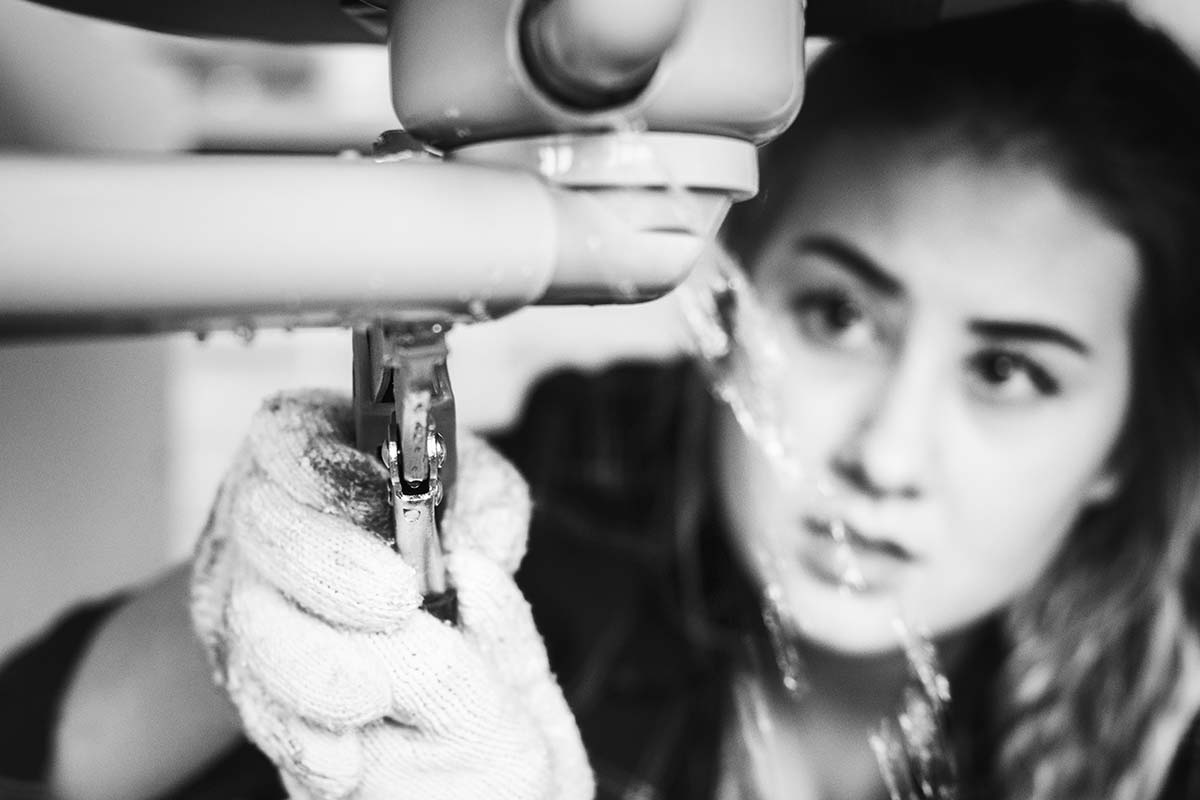What You Need to Know about Mildew Cleanup
No matter where we live, there’s always a chance that things will go wrong. Maybe it’s a flood, a fire, or even a big natural disaster like a hurricane or a typhoon. We can plan all we want, but some things just can’t really be predicted or planned for.
The worst part is that our homes and personal belongings often get damaged in these scenarios. Having some backup option is tantamount, and that’s where so many of us end up struggling. Thankfully, there are some ways that we can reclaim our homes and properties in the aftermath of a disaster, no matter the scale.
Flooding in particular, can be a pretty big issue, and it’s hard to bounce back from water damage. While you can get some sense of what to expect by looking at resources like this one: https://help.riskfactor.com/hc/en-us/articles/9685667842583-Flood-damages-explained, at the end of the day, none of us can truly predict the havoc that flooding and water damage can cause.
The best thing that we can do in these situations is to have some plan to handle the aftermath, just in case. There are a lot of issues that can arise throughout that process, after all. If you’d like to learn more about cleanup in the aftermath of water damage, be sure to stick around.
What is Water Damage?
Before we go any further, let’s look at what water damage is. You see, it’s a general term that can describe any property damage resulting from water exposure. That could be anything as small as a leaking faucet or as big as a huge flood, thanks to a hurricane. This means there are a few different “levels” of water damage that we can experience. More information on those levels is available on this website, if you’re curious. We’ll provide a few examples, though, and what you should be on the alert for if you’re uncertain about that.
Rotting Wood
Although for most of us, our homes aren’t made entirely out of wood, that doesn’t mean that there are no parts of the foundations of our home that are. In fact, for many of us out there, one of the main components of our properties is wood. We don’t want it to rot or for there to be any other issues that arise as a result of that.
Unfortunately, when water comes into contact with wood that hasn’t been treated recently or at all, then this is precisely what can happen. Rotting wood provides a damp spot for other nasty things to grow, unfortunately.
Mold and Mildew
We’re mentioning this next as it tends to be a side effect of the other issues that arise from water damage, and yet it’s no less severe. While there are some arguments in the scientific community as far as how serious the health risks from mold and mildew are, there’s no doubt that it’s something we should avoid having in our homes.
Mold and mildew are microorganisms – a type of fungus, to be specific. They can propagate and grow in certain environments by spreading their spores throughout the air. Typically, it’s the spread of these spores that most consider to be a health hazard. First, though, let’s discuss what they are.
These terms are somewhat interchangeable in that mildew is a type of mold, and it refers to a specific type of growth pattern. Specifically, it’s a flat growth pattern, which means it can spread more quickly through any damp surfaces. That’s why mildew in particular, is such a big problem.
Of course, it’s not just when there’s significant weather damage or water damage that we experience mildew growth. There are several familiar places where it naturally builds up over time. This includes things like our shower curtains, leather pieces, and even paper. Any time that these types of materials are exposed to water or dampness, there’s a chance that mildew can end up growing. How do we know when this is the case, though?
Signs of Mold or Mildew
One of the first signs of mildew and mold is a foul odor. It may spread throughout the whole home, not just the small area where it first shows up. Under normal circumstances, it will likely first arrive in the bathroom, as that’s where it can find warm and damp environments the easiest.
Beyond being unpleasant, the foul odor can also be a health risk for those with pre-existing conditions. That’s why if you’re starting to notice something like that, you can get a quote for mold removal so that you can alleviate the issue before it gets more serious. Of course, there are some other options available if you end up needing them.
Some other ways to tell if you have a mold or mildew issue is if you start to notice strange discoloration, especially if they are in large spots like in any images above. If you’re seeing spore-like patterns, that is a potential red flag.
Mildew Cleanup
As we’ve mentioned, having mold or mildew in the home can be detrimental in several ways. For one thing, there’s the fact that having these spores can harm our lungs to a dangerous level. This is especially true for anyone with a pre-existing condition such as asthma.
However, it can also cause lasting damage to the infrastructure of our home or property. Wood tends to rot faster when these sorts of microorganisms are hitching a ride on it as well. In general, it’s not a good idea to leave mold around.
That’s why it can be important to call in professionals to handle the job. There are even strains that can be more dangerous than usual, including to the touch. When in doubt, let the experts handle it, rather than trying to identify it and clean it up on your own. That can be risky.




















